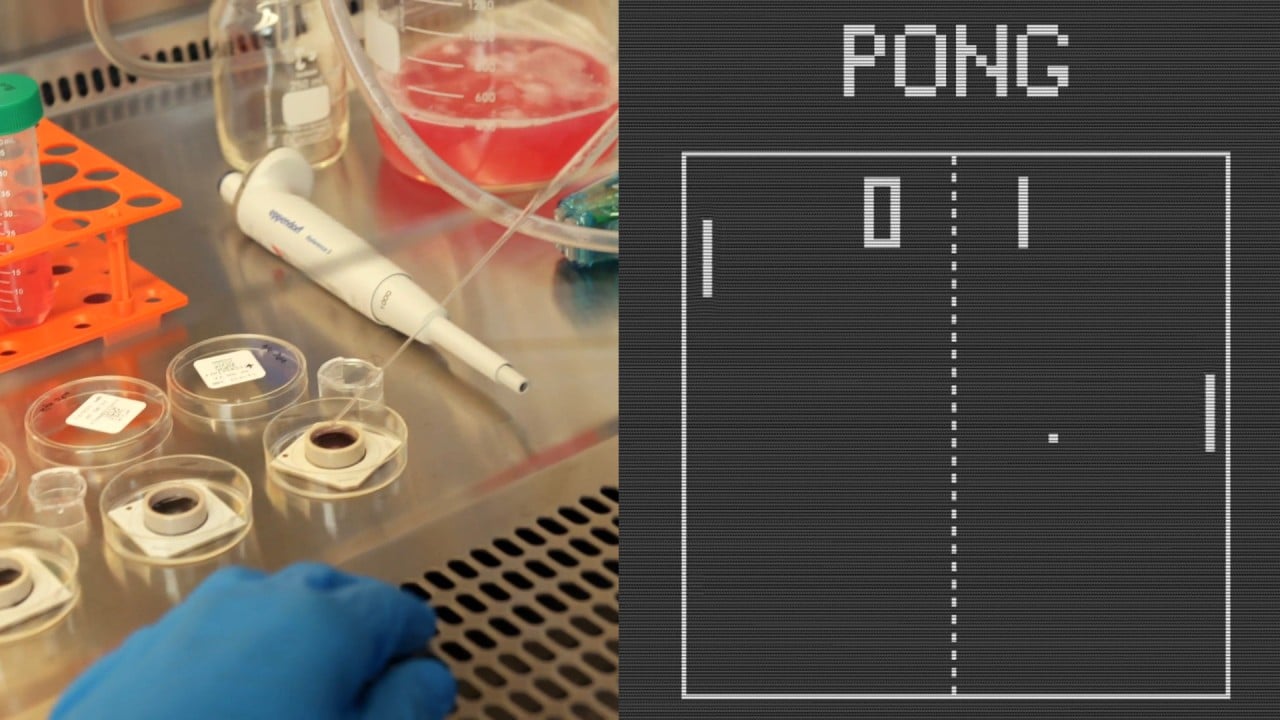
According to the researchers, the findings could be used to understand persistent changes in other social behaviours such as parenting and aggression.
Neuroscientist Dhananjay Bambah-Mukku of the University of California San Diego in the US said many animal behaviours were motivated by internal stimuli such as hunger, thirst and sexual urges, and the underlying neural mechanisms of these were not well understood.
For example, after mating, many species temporarily avoided sex to save energy and increase the chances of fertilisation, but little was known about the changes in the brain that caused this behaviour.
To study how changes to sexual motivation occur in the neural system, the Chinese team monitored the brains of male and female mice as they mated.
They found that ejaculation strongly activated a set of neurons in the BNST, an area of the brain known to play a key role in processing stress, anxiety, fear and other negative emotions in rodents and primates.
When activated, these neurons expressed a gene known as oestrogen receptor 2 (Esr2), which is associated with sexual satiation. The neurons remained activated for at least 15 minutes in most of the rodents.
To suppress this activity in their brain cells, the researchers injected chemicals into male and female mice who had reached sexual satiety. In about 30 minutes, the mice were back in the mood and resumed mating.
The researchers used gene-editing techniques to knock out a key component of the Esr2 gene in some male rats. Those rats ended up mating and ejaculating every day for the next week.
The team also found when they activated these neurons in male and female mice that had shown interest in each other but not yet done the deed, the mating never happened.
“This study is particularly important and unique as it spans many levels of analyses, from behaviour to neural activity to a molecular basis for sexual motivation,” said Bambah-Mukku, who was not involved in the research.
“It adds to our knowledge of how specific populations of cells contribute to different aspects of behaviour.
“Eventually, such thorough characterisations of neural circuits might provide insights into how the brain generates emotions and integrates internal and external signals to modulate behaviour.”


